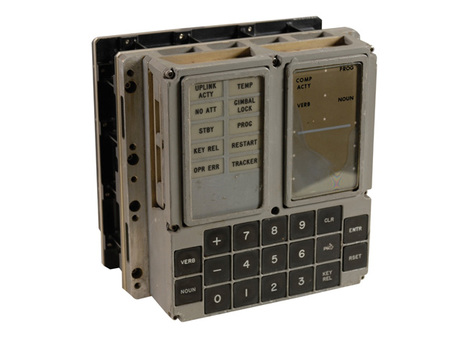Geek Weekly: Our top tech stories for 11 September

Technology Decisions’ weekly wrap of IT fails, latest tech, new must-have gadgets, ‘computer says no’ moments and more.
Six of the worst. Last week we reported on a Deutsche Bank coding error that went unnoticed for six years. This week we can report on another six-year wonder, this time the failure by US telco Verizon to let customers know they could opt out of targeted marketing campaigns. The Washington Post quoted a Verizon spokesperson as blaming the problem on “an inadvertent IT glitch”, which occurred from 2006 to 2012. The US Federal Communications Commission wasn’t impressed, slapping a US$7.4 million fine on the company.
Outages galore. What did we do before we had computers? Probably spent less time dealing with outages, that’s what. This past week has seen some major companies beset by ‘glitches’, including eBay (sign-in problems), Facebook (third outage in a month) and Apple’s iTunes (off the air for five hours). Tumblr briefly went off the air, too.
This idea sucks. It looks like a squashed down version of R2D2 but it costs a lot more. Dyson, the company that made its name with innovative vacuum cleaners and fans, has now turned its expertise to robots - the 360 Eye robotic vacuum cleaner, to be precise. The 360 Eye (which cost US$47 million to develop) will scan your home, work out the best route to take and start on the cleaning. When its battery runs out after about 20-30 minutes, it will return to a docking cradle, recharge, and then set out to pick up where it left off. Equipped with tank tracks, it can even roll over small obstacles - such as those socks you left on the floor.
I know what you were thinking last summer. Spanish researchers made a bit of a splash in the media this week when they claimed to have demonstrated direct brain-to-brain (via a computer) communication between people. They used an EEG to record brain signals of a volunteer in India to three people in France, whose brains where then stimulated using transcranial magnetic stimulation. In a sort of slow-motion morse code, the words ‘hola’ and ‘ciao’ were transmitted. Other researchers say it wasn’t anything particularly new, with some describing it as a stunt.
Elementary, my dear Watson. Or should that be alimentary? IBM’s Watson AI (artificial intelligence) is being pressed into service in the name of healthcare. The famous machine - which took on and beat human competitors on the TV show Jeopardy - is being used to scan millions of Mayo Clinic patient records in an effort to better match clinical trial treatments to patients.
Fly me to the moon. Finally, you’ve no doubt come across the claim that a smartphone or even a digital wristwatch has more power than the computer that took astronauts to the moon. That’s probably correct. But the command module’s Apollo Guidance Computer was a marvel of engineering for its day. Take the time to watch this video and you’ll see how it was built (largely by hand) and used:
Avoiding the AI bottleneck: why data infrastructure matters for high-performance ambitions
In Formula 1, championships are won not by the teams with the biggest engines, but by those who...
Uber Eats reimagined container delivery: Kubernetes is doing the same
The popularity of Kubernetes has skyrocketed in the last few years, and like Uber Eats, it has...
The roadblocks to success in enterprise application strategies
Only 53% of business cases for new enterprise application projects are currently being approved.




